Dr. Gershenbaum routinely performs both closed rhinoplasty and open rhinoplasty procedures depending on the needs of the patient. Rhinoplasty and septorhinoplasty can be accomplished through a closed technique, where incisions are made inside the nose only. Dr. Gershenbaum performs closed nasal surgery with more minor rhinoplasty procedures, such as correcting the nasal dorsum, narrowing the nasal bridge or adding simple cartilage grafts to support the nostrils or add conservative projection to the tip. For more extensive rhinoplasty and septorhinoplasty procedures, Dr. Gershenbaum prefers an open approach, in which an incision is also made across the columella (the skin bridge between the nostrils), which connects the internal incisions. The open approach provides unparalleled exposure and accuracy with greater predictability in results. The performance of each suture technique, cartilage shaping and graft placement is visualized. The resultant scar is near imperceptible. Dr. Gershenbaum has never had an issue or complaint about the few millimeter columellar scar in all his years of practice.
Cosmetic improvements and correction of deformities of the nose can be corrected by adding to, removing, reshaping and/or rearranging bone and cartilage. Each person’s nose is different requiring a complete understanding of nasal anatomy, along with a full armamentarium of procedures and techniques to formulate a specific surgical plan. Bone and cartilage can be filed, shaved, cut and trimmed along with a vast number of suturing techniques to reshape cartilages of the nostrils and tip. More often, precise cartilage grafts are trimmed and shaped to provide added contour and support to the dorsum, tip and nostrils for cosmetic as well as functional repairs. Cartilage for repairs are most often harvested from the nasal septum, however, can also be taken from ear and rib cartilage as well. At times, soft tissue fascia and/or dermal-fat grafts can be used as well for corrections along the dorsum. Frequently, allograft donor dermis and cartilage can be used as well.
In the holding area, the surgical plan is reviewed with the patient prior to surgery and all skin markings made. For general anesthetic cases, after speaking with the anesthetist/anesthesiologist, the patient is brought back to the operating room. After asleep, local anesthesia is injected into the areas to be worked on which also and shrinks blood vessels and capillaries to reduce bleeding. If cartilage or soft tissues are to be harvested, this is completed first. Dr. Gershenbaum typically works on the dorsum first, then the septum if planned and lastly the tip. The results are carefully inspected multiple times along the way. A wet finger courses along the dorsum to ensure a smooth contour. Different techniques can be used to reduce enlarged or flared nostrils, which would be performed at the end of the procedure.
All incisions are closed with sutures. Dr. Gershenbaum most often avoids nasal packing by placing multiple dissolvable sutures in the septum to avoid blood and fluid collection. Packing, at times, may be needed. Tape and a nasal splint are most often applied.










